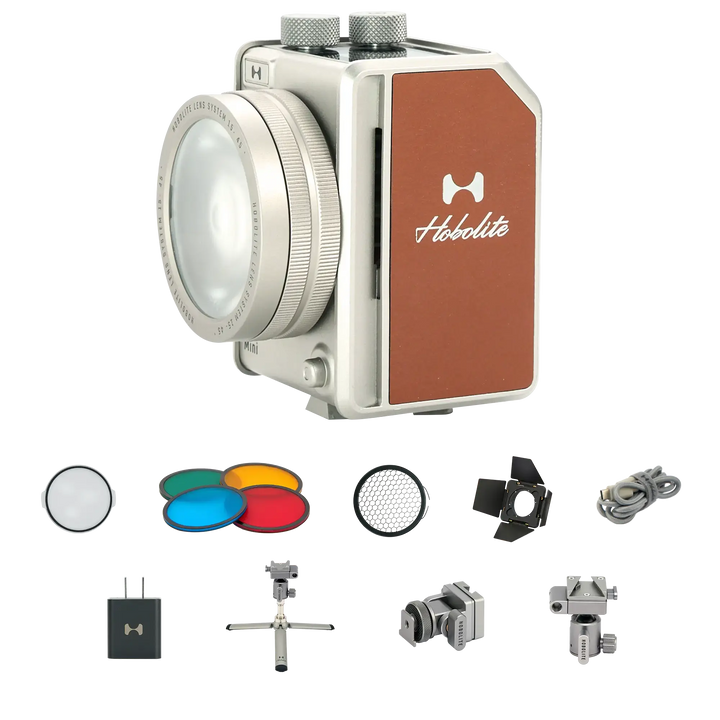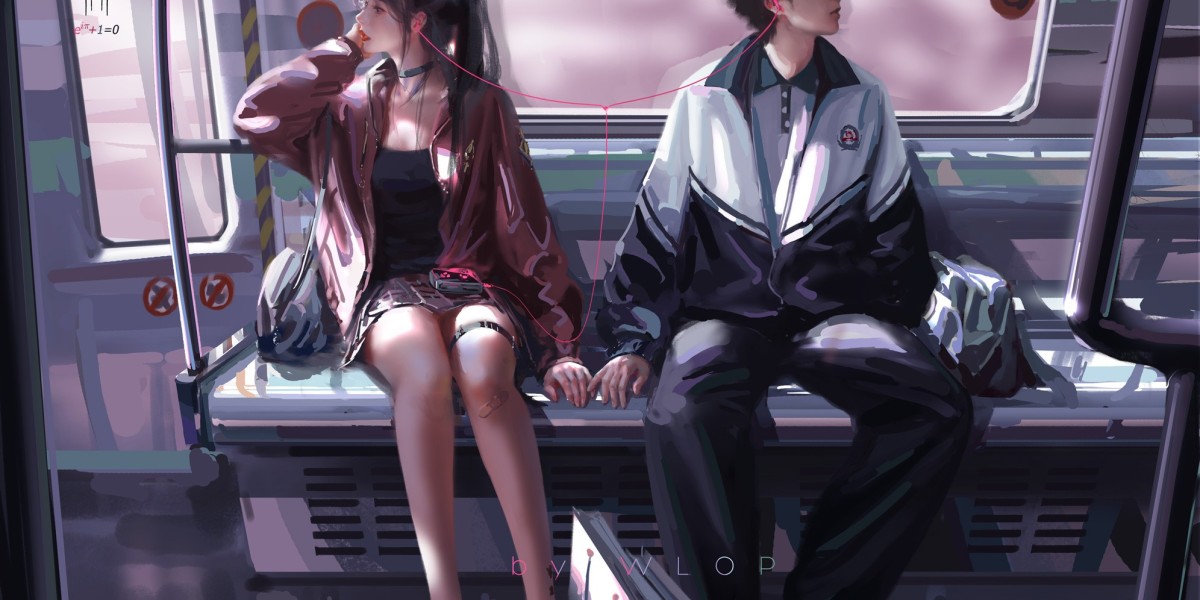Unlock the Secret to Stunning Photos: Discover the Must-Have Photography Lights for 2025!
Lighting is one of the most crucial elements in photography, capable of transforming a simple image into a breathtaking work of art. Whether you're capturing the delicate details of a product, the emotions of a portrait, or the expansive beauty of a landscape, the right lighting can make all the difference. As we approach 2025, many photographers, both amateur and professional, are on the lookout for the best-selling photography lights that cater to diverse needs and budgets. This article aims to guide you through the essential features and trends in photography lighting for the upcoming year, ensuring you make informed purchasing decisions that elevate your photography skills.

Understanding Photography Lights
Photography lights come in various types, each serving distinct purposes and styles. Continuous lights provide a steady stream of illumination, making them ideal for video shoots or when you want to see how the light affects your scene in real-time. On the other hand, flash units, including speedlights and studio strobes, offer powerful bursts of light that can freeze motion and create dramatic effects. LED panels have become increasingly popular due to their versatility, energy efficiency, and adjustable color temperatures, making them suitable for both indoor and outdoor shoots. Depending on your photography style—be it portrait, product, or landscape—understanding these types of lights will help you select the best options for your creative needs.
Factors to Consider When Choosing Photography Lights
When selecting photography lights, several key factors should guide your decision-making process. Brightness is paramount; the intensity of the light can dramatically affect your image quality. Additionally, color temperature is essential, as it influences the mood and tone of your photographs. Warmer lights can create a cozy feel, while cooler temperatures lend a more clinical look. Portability is another crucial consideration, especially for photographers who frequently work on location. The ease of use, such as how quickly you can set up and adjust the lights, also plays a significant role in your shooting experience. By weighing these factors, you'll ensure that your chosen lights not only enhance photo quality but also match your workflow and style.
Top Trends in Photography Lighting for 2025
As we gear up for 2025, several exciting trends in photography lighting are emerging. One of the most notable is the rise of smart lights, which can be controlled via smartphones and offer programmable settings for different shooting scenarios. This technology allows photographers to experiment with lighting in innovative ways, giving them more creative control than ever before. Additionally, eco-friendly lighting solutions are gaining traction, with many manufacturers prioritizing sustainable materials and energy-efficient designs. These trends reflect a growing awareness of environmental impact and cater to the evolving needs of modern photographers who seek both performance and sustainability in their gear.
How to Select the Right Photography Lights for Your Needs
Choosing the right photography lights starts with assessing your personal needs and goals. Consider the type of photography you engage in most frequently, as this will influence the kind of lights you require. For instance, if you often shoot portraits, softer, diffused lighting may be essential, whereas product photography might benefit from more focused light sources. Additionally, evaluate your shooting environment—are you mostly indoors, or do you venture out into natural light settings? Budget is another critical factor; while there are many high-quality options on the market, it's essential to find lights that offer the best balance of quality and price. If possible, test out different lighting setups before making a purchase to ensure they meet your expectations and workflow.
Key Takeaways for Choosing Photography Lights
In summary, selecting the right photography lights is crucial for enhancing your creative output and achieving professional-quality results. By understanding the different types of lights available, considering key factors such as brightness and portability, and staying informed about emerging trends, you can make well-rounded decisions that align with your photography goals. As you explore your options for 2025, take the time to reflect on what lighting solutions will best serve your unique style and needs. With thoughtful consideration, you'll be well on your way to capturing stunning images that truly shine.








